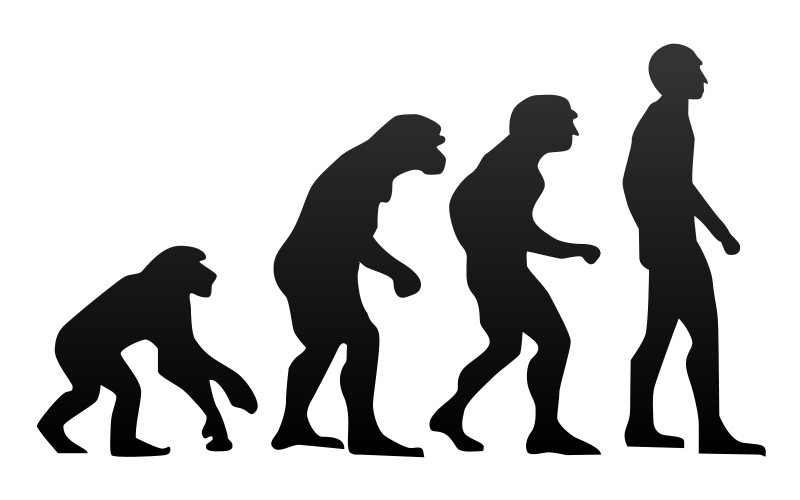Introduction :
The evolution of hereditary features within populations over consecutive generations is a basic biological phenomenon. The variety of life on Earth is a result of this system. Natural selection is the mechanism through which populations of organisms adapt and change over time. Charles Darwin initially suggested the idea of evolution in the middle of the 19th century.
Genetic diversity is the fundamental idea of evolution. Genetic variation describes the variations in an individual’s genetic make-up (DNA sequence) within a community. These changes can appear due to a variety of processes, including sexual reproduction, genetic recombination, gene flow across populations, and genetic drift.
Genetic mutations are arbitrary alterations in the DNA sequence that can happen naturally or as a result of exposure to radiation or chemicals in the environment. If advantageous, mutations can create new genetic differences in populations and boost an organism’s chances of surviving and procreating. Positive mutations have a higher likelihood of being handed on to subsequent generations, progressively increasing their prevalence in the population.
Natural selection affects genetic variants once they exist in a population. Natural selection is the process through which particular heritable characteristics, based on their fitness or reproductive success, become more or less frequent in a population. It happens because people who possess qualities that provide them an advantage in their environment are more likely to live longer, reproduce, and pass those traits on to their progeny.
There are several types of natural selection:
1 Directional Selection: This happens when people who possess features at one extremity of the variation spectrum are more fit, which causes the average value of the trait to change over time. For instance, individuals with larger beaks may have a greater chance of survival and reproduction if a community of birds is suffering more predation from larger predators, which would raise the average beak size in the group.
2 Stabilizing Selection: Individuals with moderate or average qualities in this situation are more fit than those with severe features. Stabilising selection tends to keep things as they are while lowering genetic variety in a population. Human birth weight serves as a good illustration, with kids with ordinary birth weights having greater survival rates than those with exceptionally low or high birth weights.
3 Disruptive Selection: While individuals with intermediate qualities have reduced fitness, disruptive selection favours those at both ends of the trait continuum. With this kind of selection, discrete subpopulations with various characteristic values may arise. A good illustration is the size of the beaks of black-bellied seedcrackers, which have smaller beaks for chewing soft seeds and larger beaks for eating hard seeds.
Conclusion :
Other evolutionary factors, in addition to natural selection, influence the course of evolution. When people move across communities, they bring their genetic makeup with them. This is known as gene flow. This may lessen demographic differences already present or create new variants into a group. On the other hand, genetic drift describes the haphazard changes in allele frequencies (different variants of a gene) that can take place in small populations as a result of chance occurrences.
A process known as speciation can result in the emergence of new species when genetic variants increase and populations diverge over time. When populations diverge to the extent that they can no longer interbreed and produce fruitful offspring, speciation takes place. Geographic isolation, reproductive isolation techniques, or a mix of the two can cause this.
The process of evolution is continual and occurs across very long epochs. As a result, species have evolved to fit different ecological niches and conditions, giving rise to the astounding diversity of living forms we witness today. Biology, ecology, genetics, and medicine are just a few of the areas where the theory of evolution has significant ramifications and offers a framework for understanding the unity and variety of life on Earth.




